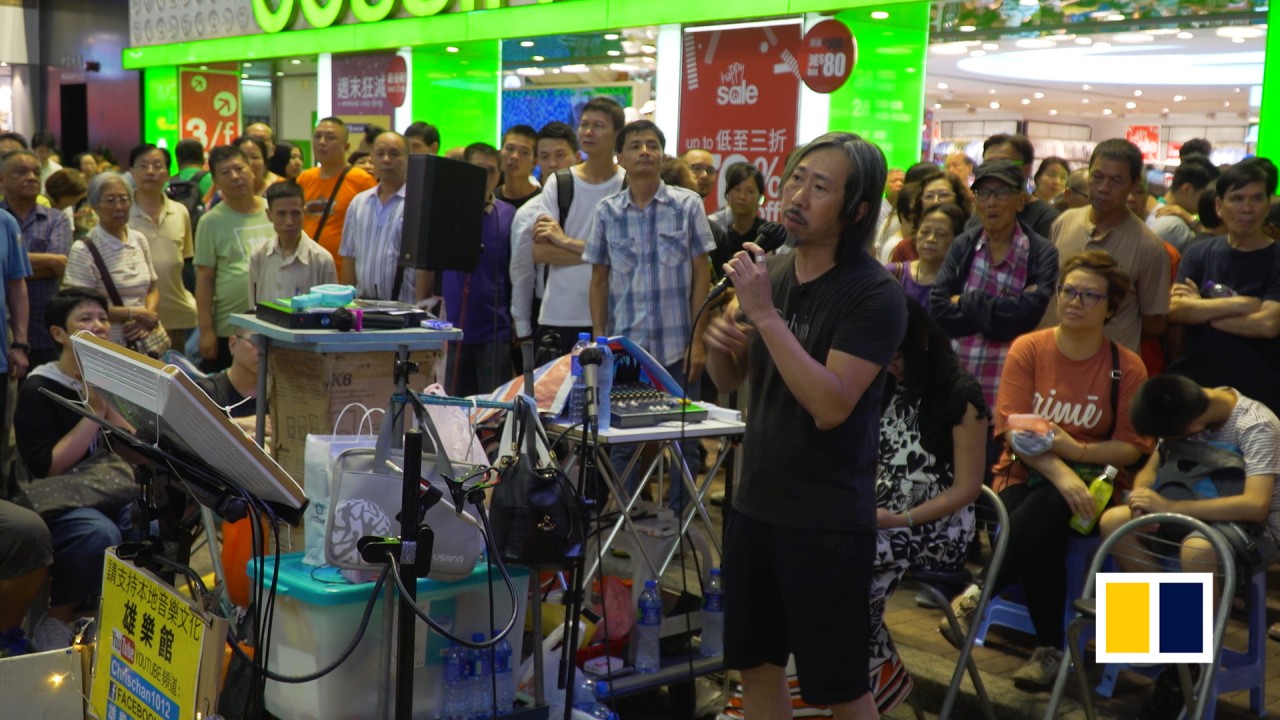Advertisement
Letters | How Hong Kong’s streets can be harmoniously brought back to life
- Up until the 1970s, street performers were integral to our community and social life
- With the government, private sector and artistic community working together, busking can be managed to create enjoyable public spaces for Hongkongers
Reading Time:2 minutes
Why you can trust SCMP

The Hong Kong government has pledged to place higher priority on walking and on designing streets that would foster healthier living and lively local communities.
Advertisement
“Placemaking” was adopted in the Hong Kong 2030 Plus strategy, recognising that streets are not just for transport, but instrumental in creating attractive, liveable, social space in urban environments. However, apart from functional and visual changes to street design, little emphasis has been placed on encouraging vibrancy and diversity.
Street performers can be pivotal in enhancing the cultural life of public space. But current regulations are outdated, focusing on hygiene, nuisance and obstruction, and are ill-equipped to cope with the informal and spontaneous nature of contemporary street performance.
There is no clearly accountable body, and responsibilities are scattered across government bureaus and departments.
Up until the 1970s, street performers were integral to our community and social life. A resurgence in the early 2000s was short-lived with conflicts among performers, residents and shop owners leading to the 2018 closure of the Mong Kok pedestrian precinct and a busking ban at Times Square in 2020.
Advertisement

Advertisement
